|
Sometimes the death of a public figure touches the public profoundly and with an inexplicable force, as if the deceased was a family member or lover. The mass outpouring of grief in the wake of David Bowie's death is one such case, echoing that after Princess Diana's eighteen years before. These deaths seemed to provoke a general feeling of extreme shock, disbelief and loss, creating its own momentum, spreading and causing people to crave closeness and to congregate. Usually such responses are to deaths that are sudden; even Bowie's elegantly understated death, though after a prolonged illness, was unexpected by the public, and nothing could have prepared us for the grim thunderbolt of Diana's violent death, which would not have been wished on her even by the most die-hard republican. It is as if particular individuals carry a kind of supernatural quality that, in our minds, makes them seem indestructible, making it impossible for us to imagine them not existing. The death in 1926 of Rudolph Valentino provoked a similar reaction, and it is not insignificant that Valentino was one of the first real icons of the cinema. The process of watching him week after week, beguiling his female co-stars on the silver screen, gave people (in his case almost exclusively young women) the intimate sense that it was they being seduced – and in some ways this was the case: it could be said that they were the subjects of mass hypnosis. Many have argued that the modern media, and the way it reaches us ever more intimately, is mesmerisation on a grand scale. So the seductive cinematic renditions of Valentino, spoke directly to single women, as Princess Diana's predicament chimed with all those in unhappy marriages and Bowie opened the minds of, baby-boomers with his courageous free spirit. So we could say that this is a modern phenomenon, borne of technology and the way it serves up the lives of our icons to us, so we feel we know them. Alternatively we could see it as a desire to worship in a western world that has largely rejected conventional religion. The death of Jesus, significantly, resonates only mutedly two thousand years on. Perhaps we simply seek idols that represent us better and it is possible that we have a need to congregate and mourn together, to feel a sense of social cohesion in a society that is increasingly atomised. But none of this explains a similar response to the death of a poet in 1586. Now, Early Modern English society didn't conform to any of my above explanations: it was a highly religious culture, with people who were prepared to die for their beliefs, there was little dissemination of news in a population that was largely unable to read well, with town cryers, crude news sheets, ballads and gossip fulfilling the need for information. Given we are remembering the 400th anniversary of the death of Shakespeare this year, you could be forgiven for supposing it was he who provoked such a general flood of grief. And yet it was the death of a man who is now almost forgotten, save for in the seminars of university English departments, Sir Philip Sidney, that resonated with English people, causing them to turn out in their weeping thousands to watch his funeral cortege pass by. Sidney is a character in my novel Watch the Lady and so I have pondered deeply on what it was that caused this outpouring and I have concluded that perhaps we have more in common with our Early Modern counterparts than we choose to believe. Sidney was a thinker and a poet but moreover he was a soldier who died on the battlefield, aged only 31, fighting for his religious beliefs and the security of England. He was also a lover: his sonnet cycle (the first in English) Astrophel and Stella, charted his tortured, and probably unfulfilled, love for the married Lady Rich. He was no royal favourite, like Lady Rich's unscrupulous brother, Essex. He was a man who dared to speak his mind, offering his opinion too often to curry favour with a Queen, who didn't like to be challenged on her choices. But he was honourable and constant and courageous embodying the qualities of chivalry in a newly dissembling, dog-eat-dog world of spy craft and shady political deals in which there was little space for archaic courtly codes. Perhaps our icons represent things many hold dear – Bowie standing for individuality and freedom; Diana for the old-fashioned ideas about untouchable royal princesses fed to us in youth; Valentino for the notion of the enigmatic masculine lover; Sidney for chivalry – things that we feel are passing away. And the sense that such ideas are fading is brought into sharp relief when their representative dies. The loss of Bowie reminds us starkly that our culture is becoming increasingly homogenous, our freedom curtailed by constant scrutiny. Traditionalists perhaps sensed in the passing of Diana the loss of an idea of sacrosanct royalty that could never be replaced by Kate Middleton and her ilk. Valentino's death came at a time when women were beginning to seek equality with men and outdated gender orders were being challenged. Sidney's death occurred when the notion of the individual was taking hold, marking the beginnings of modern culture; he represented an age and values that were almost gone. Perhaps it is only in the mourning of such figures that we are able to also mourn the passing of deeper, more abstract ideas we hold dear. 
1 Comment
Donna Tinny
1/13/2016 12:27:23 pm
To paraphrase Mr Shakespeare " All the world is on Face Book and we are but players on the page " .
Reply
Leave a Reply. |
Subscribe to Elizabeth's quarterly newsletter below:Archives
June 2018
Categories
All
|

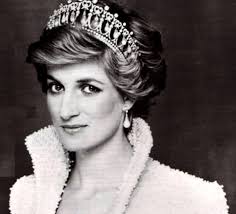

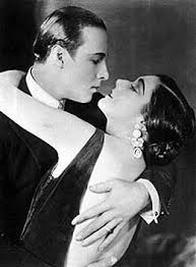
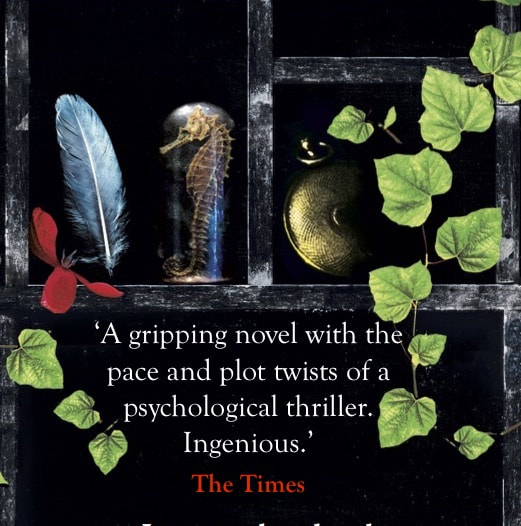
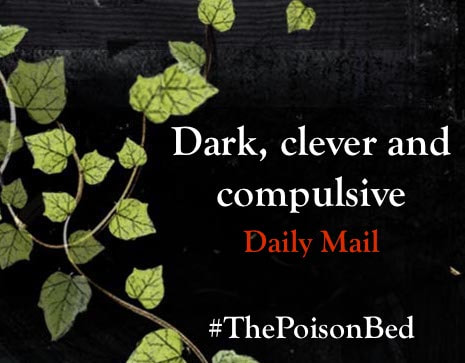
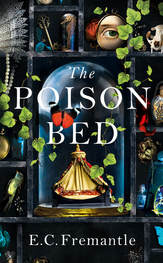
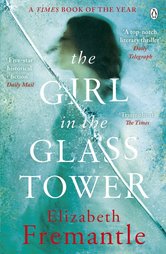
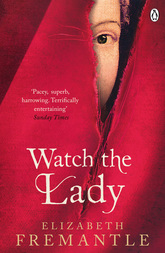
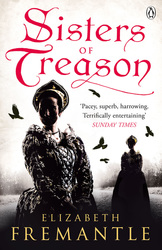
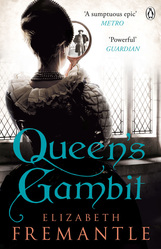
 RSS Feed
RSS Feed
